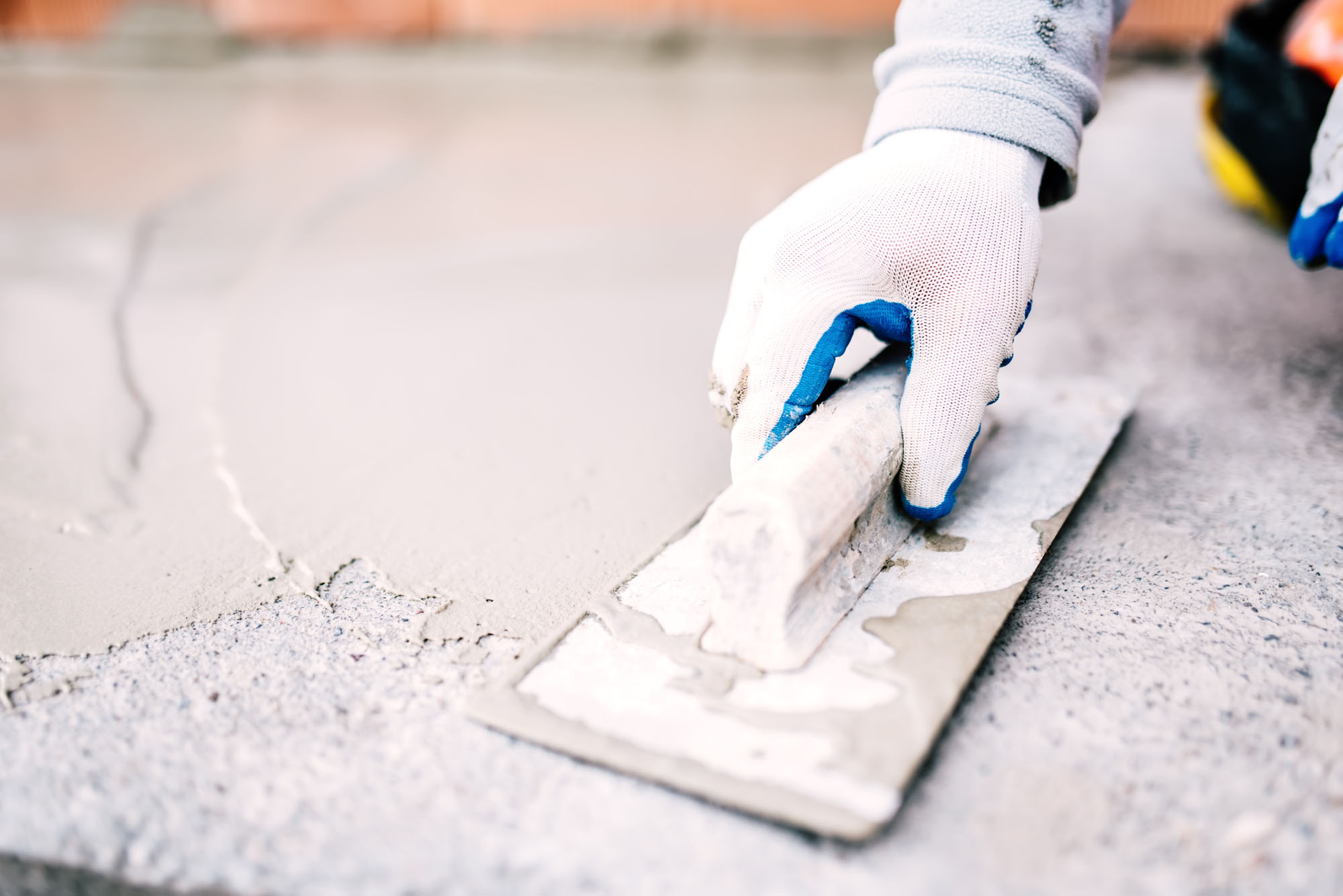

This can lead to potential issues with skim coat adhesion. You should not skim coat directly over wallpaper glue.

This will ensure that the skim coat adheres to the wall properly. Instead, you should first remove the wallpaper and prime the wall before you apply your skim coat. It’s not recommended that you skim coat directly over wallpaper. This will ensure that the skim coat sticks well to the wall. Yes, you can skim coat over paint if you use a primer beforehand. Skim coating can also help to solve problems such as studs that were not plumb and drywall tape seams that don’t meet up. This will ensure that the surface is smooth and even before painting and cover-up any defects in the drywall. In between coats, you can scrape off any defects with a 6-inch knife instead of sanding between coats, which creates a lot of dust. You should sand skim coat after your final layer of skim coat dries. This will allow you to smooth out the surface and make it even. Yes, you can sand skim coat when it is dry. Water-based primer is better for your family and the environment than oil-based primers, which can contain VOCs. You should use a water-based, stain-blocking sealer and primer before skim coating. What Primer Should You Use Before Skim Coating? The primer will ensure that the skim coat will stick because the skim coat has a hard time adhering to gloss or semigloss paint. If you’re skim coating over old paint, however, you’re best off priming before you skim coat. The skim coat will stick to the drywall without issues. You don’t need to prime before skim coating if the surface is fresh drywall. Should You Use Primer Before Skim Coating? If your walls are still in good repair and you’re just looking to repaint, you probably don’t need to skim coat them. If you’re putting in fresh drywall, patching older drywall, flattening out texture, or filling cracks, dents, or holes throughout the wall surface, skim coating the wall is a necessary step to ensure a good surface finish when you paint them. Skim coating is necessary in several different cases. Because skim coating is done using joint compound, which will stick to almost anything, it also works to fill holes and minor cracks in the wall before any other type of finish goes on top of it. It is used to create a smooth surface for the final type of wall finish to be applied. Skim coating is done before any other type of wall surface finish, whether it is drywall, paneling or wood. How Is Skim Coating Different Than Other Types of Wall Finishing? Walls sustain minor damage like dents, scratches, nail holes, and cracks over time, so skim coating them creates a new surface so they’ll look brand new when you apply paint. It’s also a great way to ensure a nice, even wall surface on older walls. Skim coating can be used to fix drywall damage, create a crisp edge between two pieces of drywall, and level the wall after wallpaper removal. It creates a smooth surface that will give you an even finish when you paint on top of it. Skim coating is a very important step for preparing your walls or ceiling for painting. This allows it to layer more freely on the surface of the drywall, which is why it’s referred to as a skim coat. Yes, skim coat is the same as joint compound, because it is just joint compound with more water added to create a thinner mixture. Add water a little at a time, as you can always add more water if you need to. The exact amount of water you add will depend on the brand of joint compound you are using and whether it is pre-mixed or powder. You should add enough water to give your skim coat a yogurt-like consistency. How Much Water Should I Add to Joint Compound to Make Skim Coat? To turn joint compound into skim coat, you just need to mix in additional water to make it thinner. Joint compound either comes pre-mixed or as a powder you add water to and mix yourself. Skim coat is made of diluted joint compound. A skim coat is also often used to even out and repair walls after damage or wallpaper removal. It can be applied with a trowel or knife and is then usually sanded for a smooth finish after two to three coats. Does Skim Coat or Joint Compound Have a Sandable Time?Ī skim coat is a thin layer of watered-down joint compound (also commonly referred to as “mud”) that is applied over drywall to create a smooth, even finish in preparation for painting.How Many Coats of Skim Coat Should I Apply?.Should You Use a Trowel or Knife for Skim Coat?.Can You Skim Coat Over Painted Concrete?.Can You Skim Coat Over a Popcorn Ceiling?.What Primer Should You Use Before Skim Coating?.Should You Use Primer Before Skim Coating?.How Is Skim Coating Different Than Other Types of Wall Finishing?.Is Skim Coat the Same as Joint Compound?.How Much Water Should I Add to Joint Compound to Make Skim Coat?.


 0 kommentar(er)
0 kommentar(er)
